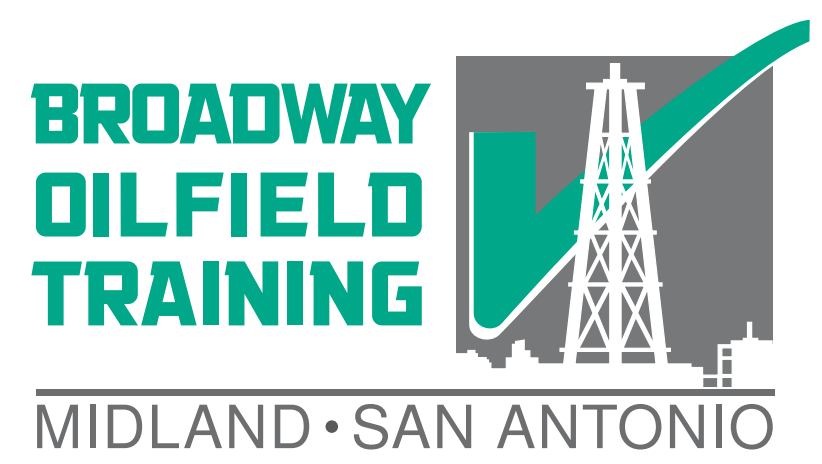FLAMMABLE LIQUIDS
According to OSHA under 29 CFR 1910.106, a liquid is flammable if it has a flash point below 100 degrees Fahrenheit. Likewise, under this definition, combustible liquids are those that will flash at some temperature above 100 degrees Fahrenheit. This does not necessarily mean that flammable liquids are inherently more dangerous than combustible liquids under this designation because the combustible liquid could possibly have more energy and thus burn much hotter. It also does not mean that is impossible to ignite these liquids below the designated temperature especially in the presence of a spark. SafeLand students are trained to identify signs that indicate flammability hazards in San Antonio and across South Texas.
San Antonio oil and gas workers should also learn proper response procedures for spills because they can be flammable as well. Waste disposal procedures are covered in SafeLand classes because of the risk of flammability due to improper cleanup procedures.
EXPLOSIVE GASSES
Explosive limits designate the concentration at which a particular gas will burn in still, room temperature air. At too low of a concentration of the gas there is not enough fuel to sustain a reaction. At too high of a concentration there is not enough oxygen to sustain a reaction. When the environment becomes oxygen deficient or oxygen enriched, these explosive limits will a change accordingly.
According to the Texas Railroad Commission, the lower explosive limit for H2S is 4.3% and the upper explosive limit is 46%.
The flash point for natural gasses may vary depending on their composition. Several explosive gasses occur in South Texas, including natural gas mixtures, H2S, paints, and solvent vapors. SafeLand trains workers to be aware of this hazard and the monitoring equipment available, especially when confined spaces may be present.
COMBUSTIBLE MATERIALS
It’s also important to remember that there are a wide variety of other materials that can catch fire on and around the South Texas wellsite. Even dry grass can catch fire when it comes in contact with an errant cigarette and a wooden power pole can become a towering inferno when struck by lightning (SafeLand does train that weather is a potential fire hazard). All possible fire hazards must be accounted for before starting work and plans for worker egress must always be maintained. Oil and gas workers receive some fire suppression training, but they must also be trained to play it safe and recognize that they are not professional firefighters once the fire has exceeded the incipient stage. Furthermore, San Antonio oilfield workers must also receive personal safety training regarding how important maintaining their FRC’s are at all times.
Recommended Training: HazCom, South Texas SafeLand
Notice: Article is provided as is and for informational use only. Eagle Ford Training San Antonio, its owners, instructors, and affiliates hereto referred as the company shall have no liability for and you shall defend, indemnify and hold harmless from and against any claim loss demand, liability, obligation, and expense based upon any injury or damage, spill or pollution, product liability, or any other loss that may occur. The liability for the use of information is solely yours notwithstanding any act of error or omission by the company.
